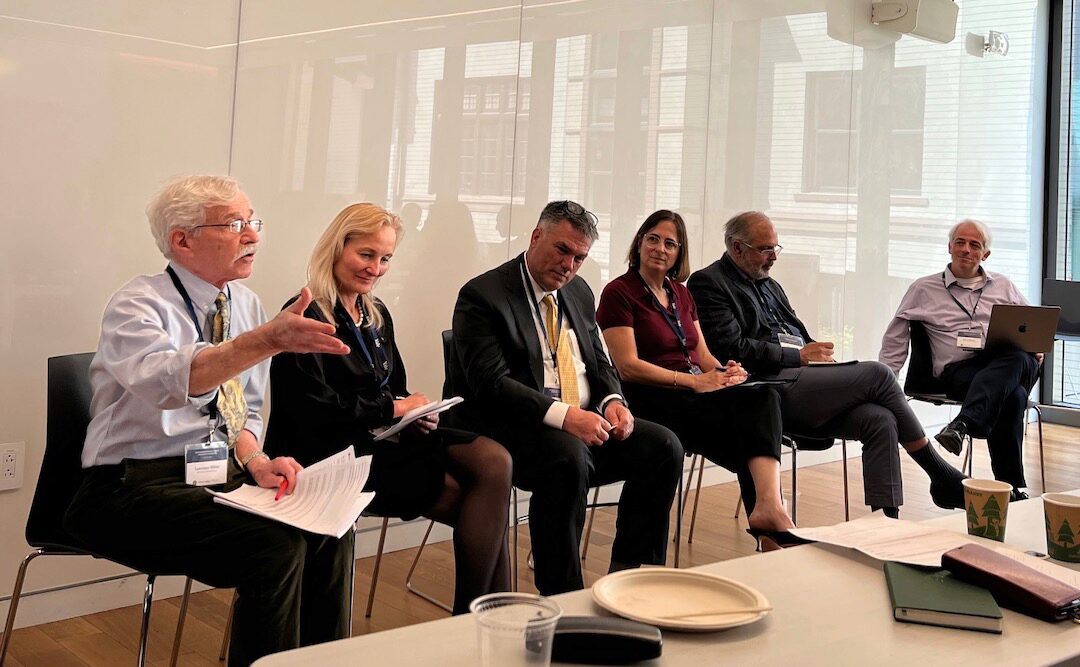
On Friday, April 19, the Wharton Initiative on Financial Policy and Regulation (WIFPR) co-hosted a conference with Yale’s Tobin Center for Economic Policy on “Rethinking Optimal Deposit Insurance.”
The conference was organized by Itay Goldstein, WIFPR director and Joel S. Ehrenkranz Family Professor of Finance at Wharton, and Eduardo Davila, assistant professor of economics at Yale. The two co-authored the paper “Optimal Deposit Insurance,” published in the Journal of Political Economy, which served as the genesis for the conference. This paper provided a framework for weighing the tradeoffs when designing optimal insurance coverage.
On the one hand, increasing coverage can help reduce the probability of bank failures; on the other hand, it can make banks engage in riskier behavior and increase the costs when banks fail. Goldstein and Davila show how policymakers can quantify this tradeoff.
Questions about the design of deposit insurance have only increased in the aftermath of the regional banking crisis of 2023. The conference in New Haven brought together leading academics and practitioners to discuss the tradeoffs in designing deposit insurance schemes.
During the conference, Itay Goldstein moderated a policy panel featuring:
- Eva Hüpkes, secretary general of the International Association of Deposit Insurers
- Anil Kashyap, Stevens Distinguished Service Professor of Economics and Finance at the University of Chicago’s Booth School of Business
- Anna Kovner, director of financial stability research and policy at the Federal Reserve Bank of New York
- Patrick Mitchell, director of the division of insurance and research at the Federal Deposit Insurance Corporation
- Larry White, Robert Kavesh Professor of Economics at New York University’s Stern School of Business
This panel discussed the implications of the 2023 banking crisis for deposit insurance, including the challenges posed for the banking system by having a large percentage of uninsured deposits. While some uninsured depositors may play some role in monitoring banks, the share of uninsured deposits has increased substantially in recent decades, these depositors are more likely to run, and they can run faster than ever before due to improvements in technology.
The panelists discussed various reform options, such as increasing the coverage limit or altering the limit by type of account (for instance, higher coverage for business payment accounts). The panel also touched on the pros and cons of private insurance vs. public insurance, the role of deposit insurance in the broader regulatory landscape, and the need to consider all runnable liabilities—not just deposits. Lastly, panelists considered avenues for new research, such as better understanding how to spot emerging risks in the banking system.


